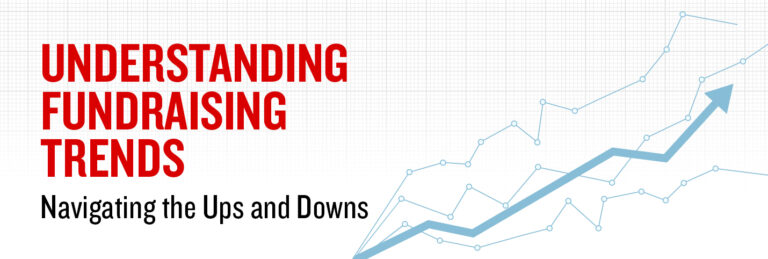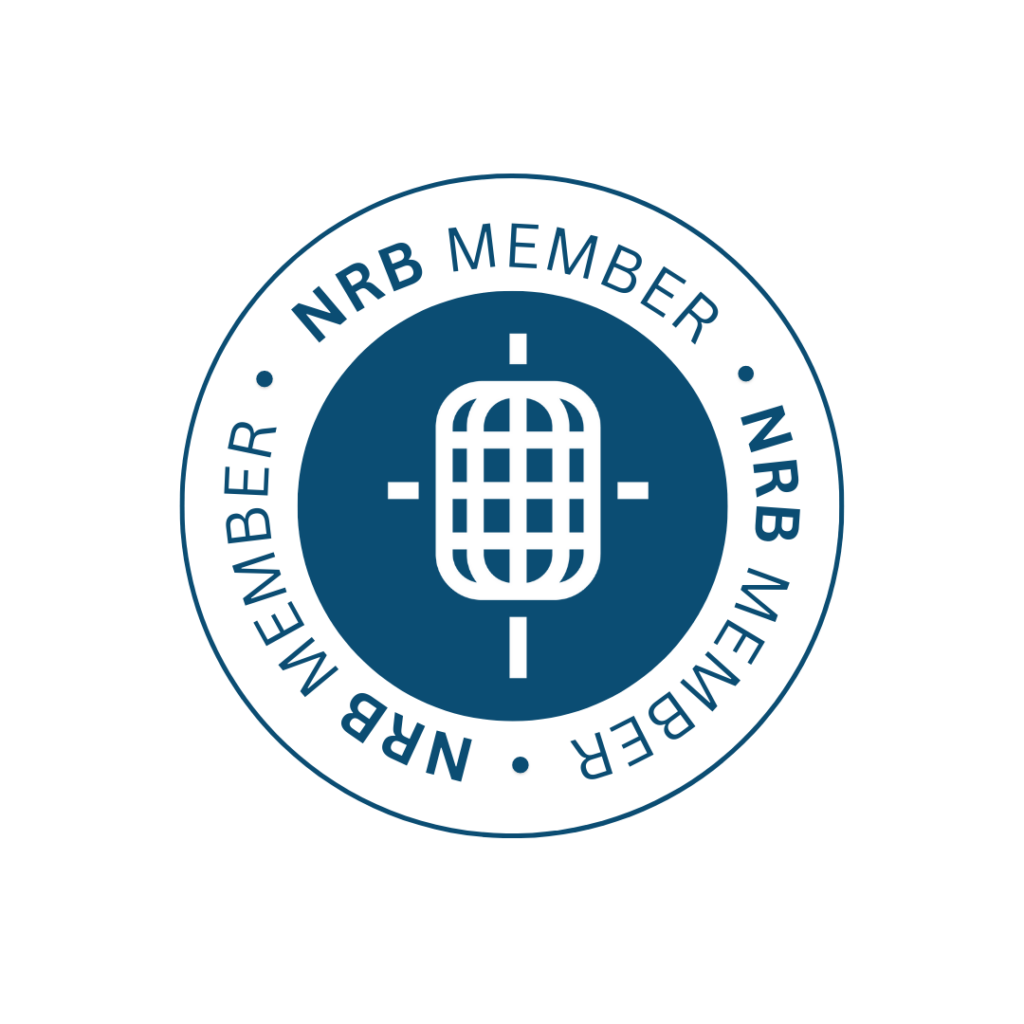How to Measure Donor Health
You’ve heard a lot about data. You’ve heard repeatedly about the importance of capturing constituent data on behalf of your organization. But why is data such a big deal? The answer is straightforward. Your data represents your donors.
Your donors communicate their preferences to you every time they respond (or don’t). As you study their interactions with you, you are able to identify interest, affinity, and engagement—all of which inform your communications strategy.
The entire reason you communicate with donors is to invite them to give generously to help meet an opportunity that’s essential to fulfilling your mission. The more you identify what resonates with your donors, the better you can motivate them to respond.
The problem with capturing data, however, is that it’s not always clear what you should do with it. You may have heard the expression, “I’m data rich but information poor,” meaning, you’ve captured thousands of data points, but there’s no easy way to interpret what they mean.
Translating data points into data intelligence is why we developed the Donor File Health Audit.
From the inception of Douglas Shaw & Associates, we’ve built fundraising programs around Donor-Focused Strategic Marketing®. Our approach engages both the donor’s heart and mind because when we do so, we see an outpouring of response and a higher average gift.
So, what does the Donor File Health Audit measure?
- Five-year trends in revenue, number and type of donors, gift size, gifts per donors, and long-term donor value.
- Key Performance Indicators (KPIs) such as new donor activation (the percentage of new donors who make a second gift). It also measures new donors making a gift in year two, donor retention, donor reactivation, and reactivated donors making a gift in year two.
- Benchmarks of other not-for-profit organizations and how your metrics compare.
- Donor movement over the past five years as seen by donor lifecycle and by dollar amounts.
- Year-over-year variance by specific donor segments.
- Ratio of major donors and major gifts to total donors and total gifts.
- Current number of total donors based on the math equation of:
- -Active donors
- -Plus new donors
- -Minus lapsed donors
- -Plus reactivated donors
- -To equal a net gain or net loss of total donors compared to the previous year.
What insights do the findings lead to?
- An awareness of direct response fundraising trends and benchmarks.
- Recommendations to improve your KPIs and increase long-term donor value.
- Understanding the characteristics of an effective annual fundraising plan.
- And perhaps, most importantly, a grasp on how healthy your donor file is. Very often, there will be surprise weaknesses not detected through regular reporting.
Consider the Donor File Health Audit to be the wellness check-up that leads you to an action plan for achieving optimal health of your donor file in the days ahead. It will also help guide your decisions on budget allocation, staff workloads, and fundraising priorities along the way.
Our team conducted an audit for the amazing Greater Chicago Food Depository. Here is an excerpt from the comment the Director of Annual Giving sent us afterward:
Thank you – that was an incredibly helpful overview. Your input demonstrated your full understanding of our data/donor trends. This will serve as a foundation for assessing our program (and making adjustments as needed), determining future strategy, and building multi-year projections – all of which we’ve needed in order to take our programs to the next level.
– Jennifer Wojcikowski, Director of Annual Giving,
Greater Chicago Food Depository
If you are interested in discussing what a Donor File Health Audit could do for your organization, I invite you to contact us.
Related articles
-

More Than Just Work
As a young Christian professional navigating the conundrum of aligning my beliefs into a purposeful career, I’ve been blessed to…
-

What to Think of Artificial Intelligence and Its Impact on Fundraising . . .
In trying to summon an image to represent our theme for this issue of Donor Focus, I found myself drawn…







